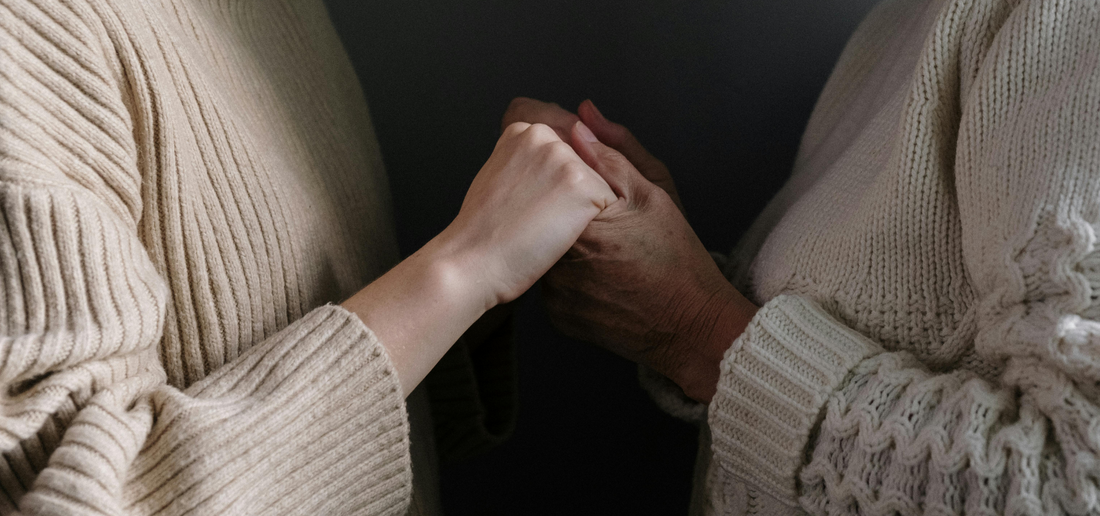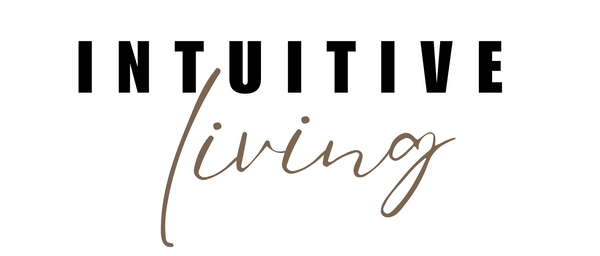
The power of co-regulation
“[Trauma] recovery can take place only within the context of relationships; it cannot occur in isolation.” - Judith Herman
There’s a conception that we need to go inward to grow. After all, healing is an “inside job”. Yet, observing a dysregulated mind can be triggering in itself. Like this, solitary mindfulness practices can actually reinforce - rather than reduce - dysregulation. This is where social connection comes in.
Life is a team sport and so - evolutionarily speaking - being around people symbolizes safety. Humans are social animals after all, owing their survival to their ability to cooperate. This is why socializing (activating our “social engagement system”) is associated with nervous system regulation: Being in community is soothing.
Let’s use this knowledge to our advantage. By being around people, we not only drop into our social engagement system in order to interpret and interact with others, we also allow others to help us co-regulate. This is called externally mediated interactive regulation or “inter-relational psychobioogical regulation” (Treleaven, 2018, p. 158; Odgen et al., 2006, p. 41).
“The deepest sense of life’s meaning and purpose arises from our interdependence and, in turn, our willingness to relate to others and respond to their needs.” ― Hugh Mackay
Like this, social support can help us stay in our window of tolerance in situations that might otherwise be unbearable. However, we don’t necessarily need to have deep chats to facilitate this. Our social engagement system can switch on even through subtle cues, such as breathing, gesture and vocalization (Treleaven, 2018, p. 157). For example, even something as simple as the sound of a steady breath, hearing a soothing voice or observing someone’s calm movement can help regulate our arousal.
What’s more, is that we don’t need to spend 1:1 time with someone to benefit from co-regulation. Reading at the library, joining a yoga class and dancing or singing together can already be enough (Treleaven, 2018, p. 158). It’s just about sharing a safe space with others.
On that note, facilitating safe spaces for others can be incredibly self-soothing, too. I noticed this when I started teaching yin yoga classes. Suddenly, I had to embody the qualities of calm - and the personal benefits were profound. Likewise, coaching clients is a very grounding experience. From comforting a sibling to pep-talking a friend, might you already be doing something similar? How does it feel?
Now it's time to boost the power of co-regulation in your own life. Try to think of at least ten ideas - no matter how unrealistic or ridiculous they might sound at first - then choose three and initiate or schedule them right away.
References
Treleaven, D. A. (2018). Trauma-sensitive mindfulness: Practices for safe and transformative healing. W. W. Norton & Company.
Ogden, P., Minton, K., & Pain, C. (2006). Trauma and the body: A sensorimotor approach to psychotherapy.W. W. Norton & Company.

